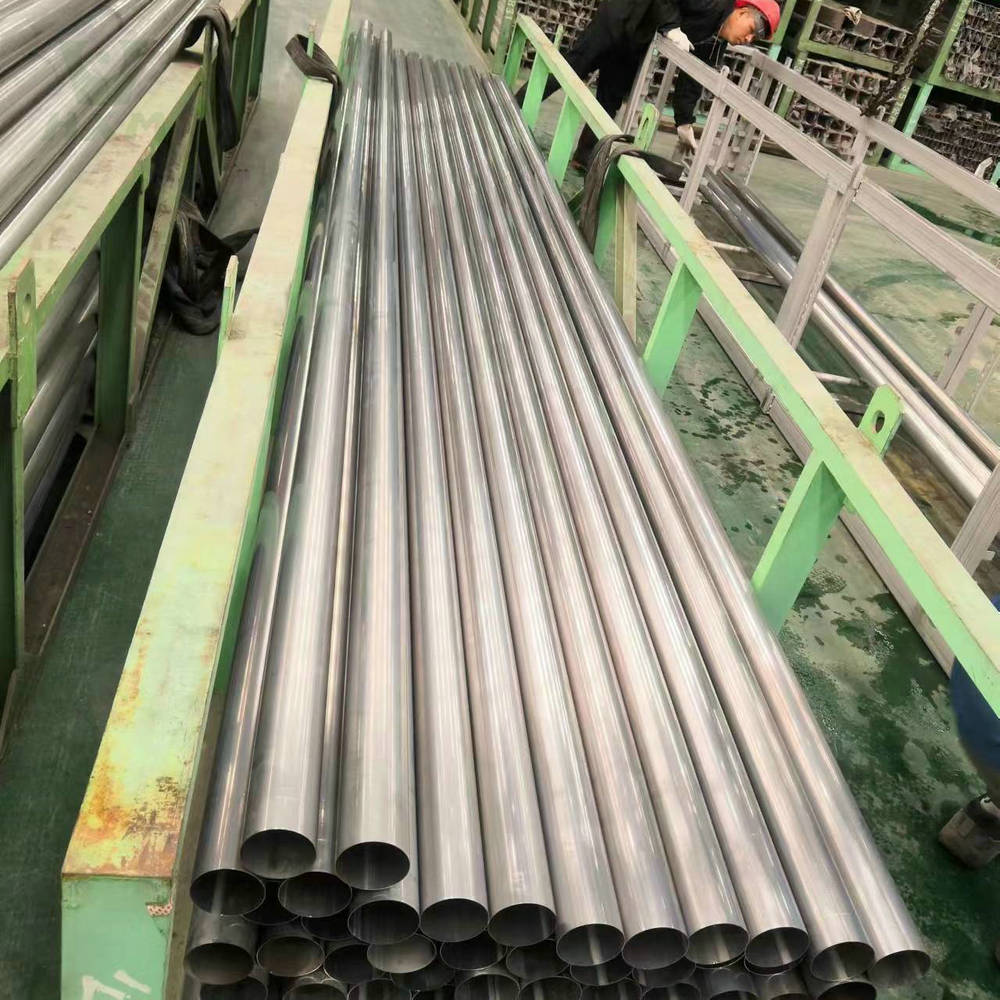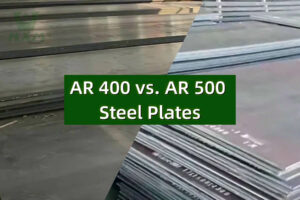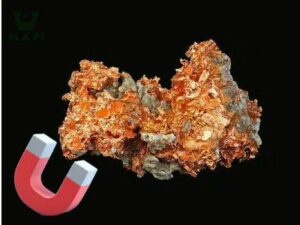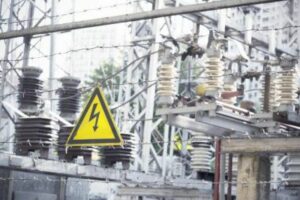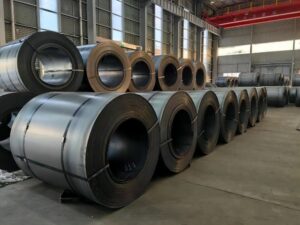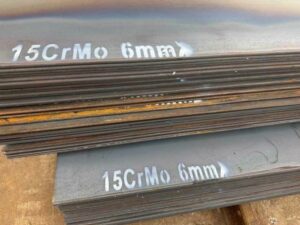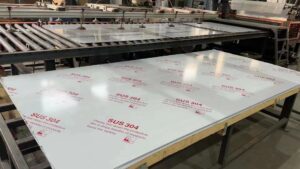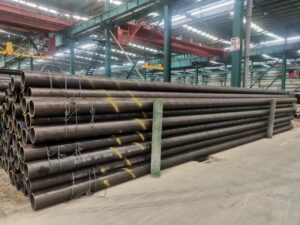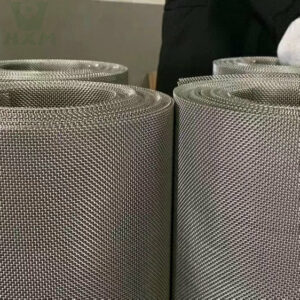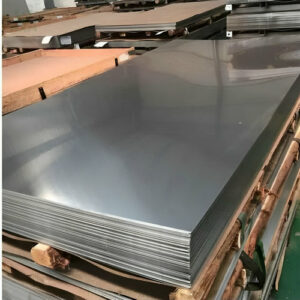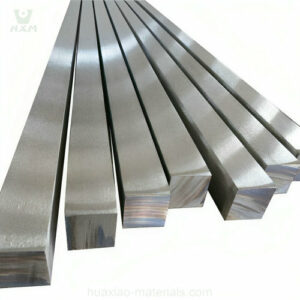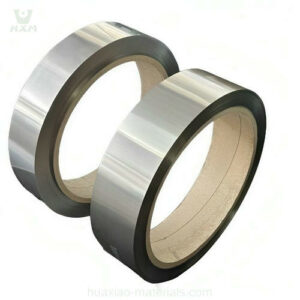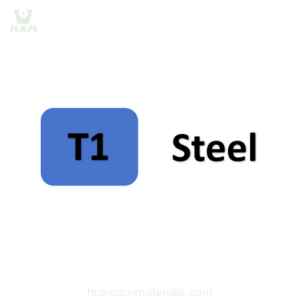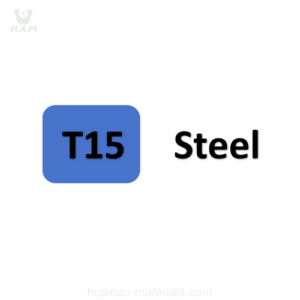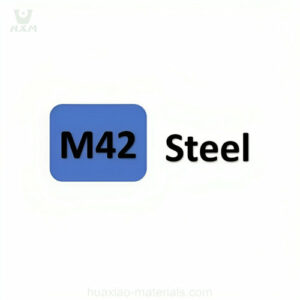When selecting suppliers for 304 stainless steel pipes, there are several important factors to consider to ensure that you receive high-quality products that meet your specific needs. Here are some key factors to keep in mind:
Quality and Certification: Ensure that the supplier provides stainless steel pipes that are manufactured to international quality standards, such as ASTM or EN. Look for suppliers who offer pipes with relevant certifications, such as ISO 9001, to demonstrate their commitment to quality control.
Material Origin and Authenticity: Inquire about the origin of the stainless steel used in the pipes. Reputable suppliers source their materials from well-established mills and provide documentation to verify the authenticity and quality of the stainless steel.
Product Range: Choose a supplier with a diverse range of 304 stainless steel pipes in various sizes, dimensions, and thicknesses. This allows you to find pipes that suit your specific project requirements.
Customization: If your project demands custom dimensions or specifications, opt for a supplier who offers customization services to meet your unique needs.
Experience and Reputation: Research the supplier’s background and reputation in the industry. A supplier with years of experience and a positive reputation is more likely to provide reliable products and services.
Quality Control and Testing: Inquire about the supplier’s quality control processes and whether they conduct material testing and inspections. Suppliers who perform testing for properties like chemical composition, mechanical strength, and corrosion resistance demonstrate their commitment to delivering high-quality products.
Lead Times and Delivery: Timely delivery is crucial for project schedules. Choose a supplier who can provide accurate lead times and a reliable delivery schedule.
Customer Support: A responsive and knowledgeable customer support team is important for addressing any queries or concerns you may have throughout the purchasing process.
Price and Payment Terms: While cost is a consideration, it’s important to prioritize quality over price. Compare prices from different suppliers, but also consider the overall value in terms of product quality and customer service.
Logistics and Shipping: If you’re sourcing pipes from overseas, consider the supplier’s logistics capabilities and shipping options to ensure that products arrive on time and in good condition.
After-Sales Support: In the event of any issues or questions after purchasing, a supplier that offers after-sales support and assistance can be invaluable.
Environmental Considerations: If sustainability is a concern, inquire about the supplier’s commitment to environmentally responsible manufacturing practices.
Reviews and References: Look for reviews and references from previous customers to gain insight into their experiences with the supplier.
By thoroughly evaluating these factors, you can choose a reliable supplier for 304 stainless steel pipes who can provide you with the right products to meet your project requirements while ensuring quality, performance, and customer satisfaction.
